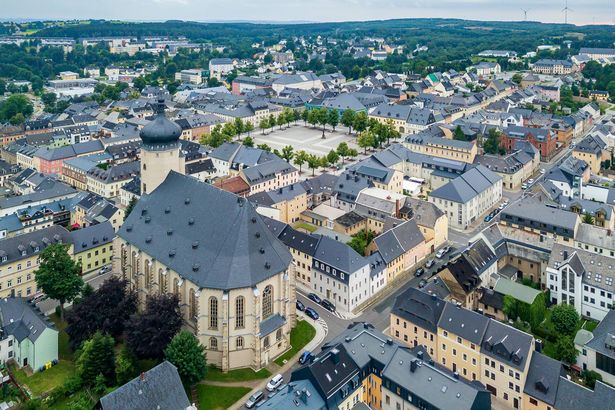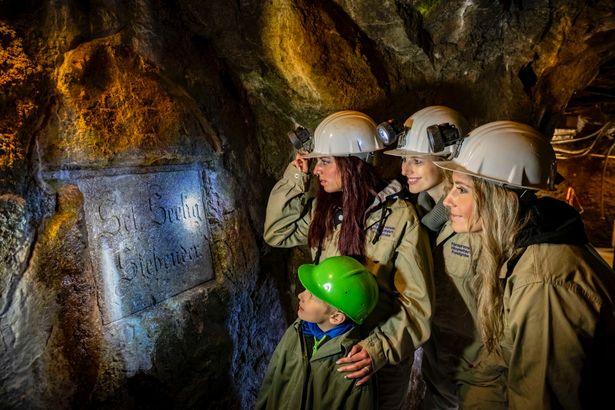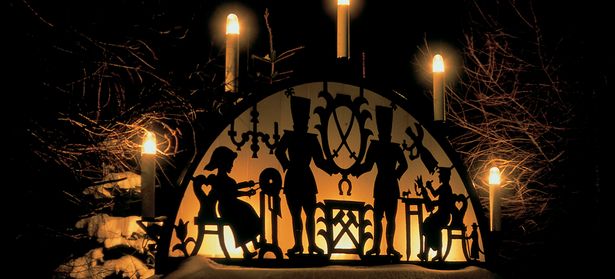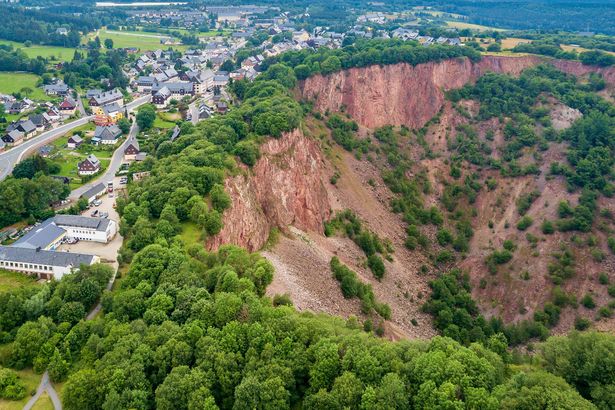The Ore Mountains are one of the most popular holiday regions in Saxony – and much of its special character is owed to its 800-year-old mining history. Idyllic landscapes, unique river valleys, small towns and picturesque villages have been shaped by mining. Many traditions and customs including the unmistakable wooden arts and crafts from the Ore Mountains can be traced back to the region’s mining heritage. Visitors can explore this fascinating mixture first-hand in a variety of ways, including strolls through charming former mining towns, visiting underground show mines and craftmen's workshops.
UNESCO World Heritage “Erzgebirge/Krušnohoří Mining Region”
800 years of mining
UNESCO World Heritage: Ore Mountains/ Krušnohoří mining region in figures
Number of components included in the Ore Mountains mining region UNESCO site
of those are in Germany
UNESCO sites are in the neighbouring Czech Republic
years of mining history can be explored in the Ore Mountains
Our tips for experiencing UNESCO World Heritage
17 different UNESCO World Heritage components means there is a lot of choice. We have picked a few highlights but for anyone interested in the culture of mining, we can confirm that all 17 of them are worth visiting!
Hoher Forst mining landscape: Around the town of Hartmannsdorf, one of the oldest and best-preserved mining landscapes in the Ore Mountains is located in the Hartmannsdorfer Forst wood.
Schindler's blue paint factory: The Erzgebirge blue paint production dominated the whole of Europe for a long time. The youngest of the five former paintworks is still located in Zschorlau with the original smelter site including production and residential buildings open for visitors.
Freiberg mining landscape & Freiberg old town: The mining landscape around Freiberg is the oldest and most important silver mining area in the Ore Mountains. Freiberg, the first mining town in the Ore Mountains, was founded in 1168, and the medieval charm is palpable when exploring the small stress of the old town.
Historic old town of Marienberg: The historic centre of the mining town of Marienberg is laid out completely at right angles in the style of the Italian Renaissance, with a large square market square in the centre. Sights include the town hall, the Zschopau (town) gate or the beautifully renovated St. Mary's Church.
Show mines: The fascination of underground mining
Show mine "Markus-Röhling-Stolln" in Annaberg-Buchholz, featuring mine train rides and original machines
“Zinngrube Ehrenfriedersdorf” tin mine: This visitor mine site is part of the Saxon Museum of Industry and represents mining in the Ore Mountains from the Middle Ages to the 20th century.
“Reiche Zeche" silver mine in Freiberg: With a history going back 800 years and 1,000 ore veins, this is one of the largest and oldest silver mines in Saxony.
“Molchner Stolln" show mine: One of the oldest and most beautiful show mines in the Ore Mountains. Silver, tin, copper and iron have been mined here since 1491.
Mining & Crafts
The Ore Mountains regions is famous for its wood art which has its roots in the region's mining history. As early as the 16th century, miners supplemented their income by crafting intricate objects and these handmade figurines and other objects quickly conquered people's hearts. The products that emerged from the mining industry, such as figurines of miners and angels, are still among the most popular souvenirs from the Erzgebirge.
Explore the UNESCO region on three hiking trails
Near Annaberg-Buchholz, a circular route through the Buchholz Forest traces the history of mining since the Middle Ages.
Explore the region’s mining heritage around the town of Altenberg, where a medium-difficulty trail starts and ends at the town’s train station.
The panorama trail covering approx. 6 miles in the mountainous region around Schwarzenberg, known as the "pearl of the Ore Mountains", is of moderate difficulty and offers great views!
„The unique wealth of exploitable ores has not only given the Ore Mountains their name, but from the 12th century to the present day it has also had a lasting influence on the region’s landscape, towns and buildings, the way of life and work, as well as its culture and customs.”




